UV Light Therapy
What You Need to Know About Treatments Involving UV Light
If you are looking for a treatment that will help alleviate the symptoms of skin problems such as eczema or psoriasis, you should look into UV light therapy. Having said that, you need to exercise caution since the outcomes could not be long-lasting.
- Treating skin conditions: Psoriasis, eczema, and vitiligo are just some of the skin problems that may be treated using UV light treatment. Other skin conditions that can be treated include acne and rosacea. Both the reduction of inflammation and the promotion of vitamin D synthesis in the skin are potential benefits of this substance.
- Reducing the risk of skin cancer: Melanin is a pigment that helps protect the skin from dangerous UV rays. UV light treatment may help increase the production of melanin, which in turn helps lower the chance of developing skin cancer. This is how the risk of developing skin cancer can be reduced.
- Improving the appearance of the skin: Stimulating the formation of collagen by UV light therapy may help enhance the appearance of the skin by reducing the appearance of wrinkles and enhancing the skin's texture.
- Pain reduction: UV light treatment may be helpful in reducing discomfort for persons who suffer from some forms of arthritis as well as other disorders that cause pain in the muscles and joints.
Psoriasis
UV light therapy for psoriasis is used in situations of severe psoriasis, when topical treatment alone is not sufficient to control the symptoms of the disease. It's possible that the patient may need to go through many sessions before the problem improves. The length of time that the therapy is administered might range anywhere from two to 26 weeks.
Phototherapy with a narrow-band ultraviolet B wavelength is one of the most prevalent ways of treatment. Because the light is concentrated on certain regions of the skin, inflammation and the development of plaques are both significantly reduced. This kind of therapy is successful and is not thought to pose any health risks.
During the course of the therapy, it is essential to prevent the region that is being treated from being exposed to the sun. Wearing sunglasses that filter ultraviolet light is another prudent precaution to take. During treatment, a patient who does not have these should put on a pair of goggles in order to protect their eyes.
It is recommended by professionals that a thin coating of emollient be applied both before and after the treatment in order to lessen the possibility of adverse effects. The efficiency of the therapy will therefore improve as a result of this.
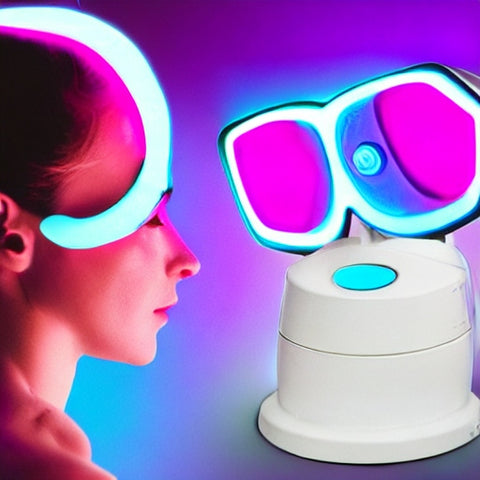
Both the National Psoriasis Foundation and the American Academy of Dermatology in the United States have only recently issued recommendations on narrow-band UVB phototherapy. Patients are required to restrict their exposure to UVB radiation to just the wavelengths that range between 311-313 nanometers in order to comply with these requirements.
Patients have the option of treating their psoriasis at home using various devices. However, the strength of these devices is far lower than that of professional equipment, and it will take anywhere from 40 to 60 treatments to clean the skin.
It is in your best interest to consult with your physician on the many therapy choices available to you before settling on one. They could recommend many different therapies or a mixture of different treatments.
Narrow-band Psoriasis responds well to treatment with ultraviolet B (UVB) phototherapy. It has the potential to lessen the size and severity of plaques, as well as contribute to the acceleration of the healing process.
Eczema
Ultraviolet light therapy has the potential to be a helpful treatment for those individuals who suffer from moderate to severe eczema. Additionally, it may be used as an alternative to oral drugs, such as systemic immunosuppressants and topical calcineurin inhibitors.
Psoriasis is one of the various forms of skin disorders that may be treated using light treatment. However, it may also be useful in treating a variety of other skin conditions.
There are several different approaches to the administration of UVA and UVB light therapies. These techniques include the use of full-body units, hand-held units, and smaller devices that are designed for use in more limited locations.
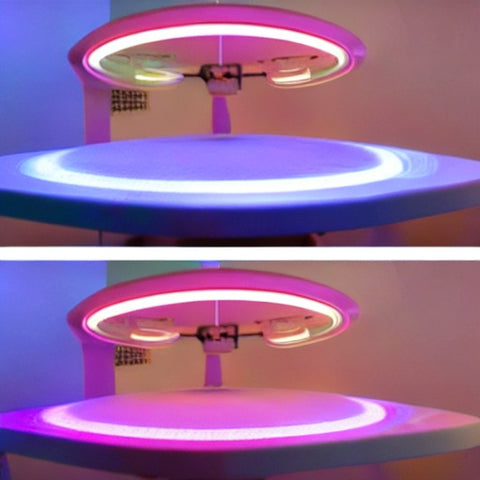
The potential for adverse reactions during phototherapy is minimal. Alternative treatments for systemic conditions, such as atopic dermatitis creams or calcineurin inhibitors, are largely regarded as being superior in terms of both safety and efficacy than this natural remedy.
In most cases, a dermatologist will advise their patient to undergo a course of light therapy treatments. In most cases, patients will have their treatments three or four times each week. You have the option of using UVB that has a small band or a large spectrum. Because it utilizes a more constrained range of the UVB spectrum, narrowband UVB is favored because it reduces the likelihood of exposure to wavelengths that might cause injury.
The effects of light treatment do not last forever. However, it may help alleviate the itching and pain associated with eczema and enhance the appearance of your skin. Itching and inflammation may be alleviated effectively when combined with topical steroid medicine, which is essential for achieving optimal results.
During the light treatment session, your primary care physician will inquire about your past medical conditions as well as any allergies you may have. After that, they will decide whether or not you are a suitable candidate for the therapy they are offering.
Your age, the severity of your eczema, and the way you live your life are all factors that your doctor will take into consideration. To ensure that you get the most possible benefit from your therapy, in addition to alleviating your symptoms, he or she may likely suggest that you make adjustments to your way of life.
Vitiligo
Vitiligo may be effectively treated with ultraviolet (UV) light therapy. It is a procedure that does not involve surgery but instead encourages the production of pigment by melanocytes. This will assist in reducing the likelihood of additional white spots appearing.
Light therapy using narrow-band ultraviolet B (UVB) is considered to be the most effective treatment for vitiligo. This procedure does not pose any health risks, and it may be carried out in a matter of minutes. However, it does need therapies that are constant.
A home phototherapy equipment may be used to deliver the light treatment at the patient's residence. A patient also has the option of seeking therapy in the office of a dermatologist. However, this might need additional time for travel.
The severity of the vitiligo will, in most cases, determine the number of treatment sessions that are necessary. It might be many months before a patient notices any changes in their condition.
Children may also benefit from light treatment in a positive way. Phototherapy is a treatment option that may be helpful for vitiligo patients who are children since it does not pose any risks to them.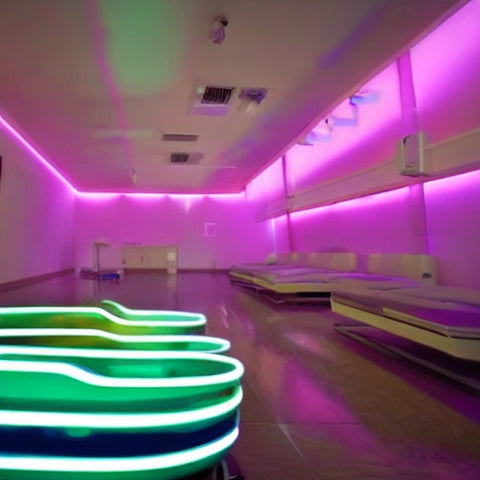
A patient's doctor may prescribe medicine to lessen the likelihood of vitiligo flare-ups, but this will depend on the severity of the condition the patient is suffering from. Certain drugs even have the ability to restore some color.
Laser therapy is another option that a doctor might provide. Laser treatment may be uncomfortable; nevertheless, it is a more permanent solution than phototherapy. The white spots are approached from their peripheries in the first stage of laser treatment. After then, it gradually enters the inside of the white spots and begins to spread there.
PUVA, which stands for phototherapy using ultraviolet A (UVA) rays, is yet another therapeutic option for vitiligo. These beams are either produced by the sun or an artificial light booth. They are also able to be administered directly to the skin in this manner.
There is a potential for PUVA to have adverse effects, and the FDA has issued a warning concerning the possibility of lymphoma and skin cancer.
It is essential to use the appropriate quantity of light. Should there not be a enough amount of light, repigmentation of the skin will not take place.
Results aren't permanent
Your skin may seem younger and more supple if you expose it to the correct sort of light. There are a few ways to do this, and each one is a little bit different from the others. You will need to make an appointment for a consultation with a cosmetician in order to get advice on which technique would work best for you. They will explain to you what is working, what is not working, and what steps you need to do in order to accomplish your beginner skincare objectives. You may also educate yourself on which laser treatment techniques are appropriate for your particular skin type. When you finally get started, you'll find that the advantages start coming to you in no time at all.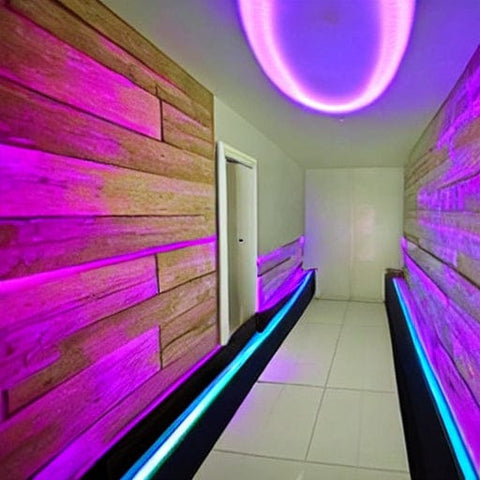
While you're at it, you should probably think about scheduling an appointment with a dermatologist for a checkup as well. It is recommended that you have a skin scan both before and after your session in order to identify any issues that may be stopping you from appearing your absolute best. You won't need to make any unneeded excursions to the doctor's office as a result of this. There are even medical practices that will provide you with reduced treatments to get you started. You won't even notice how quickly you're progressing toward the golden light of a more seductive version of yourself. You will be ready to put on your best face for that particular someone when your complexion is clear and you have a renewed sense of purpose in life. Be careful to protect yourself from the sun by putting on sunscreen and a hat till then. Last but not least, make sure you receive enough of water to drink. Your complexion will express its gratitude in abundance.
In all seriousness, you may be taken aback to learn that there are many different methods to give your skin the treatment it deserves. You may begin by going through a series of treatments, or you can take things into your own hands by using a few do-it-yourself techniques. Either way, you have options. No matter what you choose to do, always keep in mind that your skin is a delicate organ, and you can never take enough precautions to protect it.
Safety
The use of ultraviolet (UV) light treatment has been shown to be effective in treating a range of skin problems. Your problem will improve in a method that is completely natural and does not involve the use of steroids. This kind of medication is perfectly safe to use on both youngsters and women who are pregnant. However, before beginning this, you need to discuss it with your primary care provider.
The sun and some man-made sources, such as welding arcs, mercury lamps, and plasma torches, are both natural places where ultraviolet light may be found. Ionizing radiation with a high energy level is linked to an increased risk of skin cancer, despite the fact that the vast majority of UV rays are not carcinogenic.
UVA and UVB are the two categories of ultraviolet (UV) radiation. The first one is about a third of the intensity of the second one. Phototherapy may be performed with either kind of light. There are commercial tanning beds that provide a level of UVA light that is considered to be therapeutic.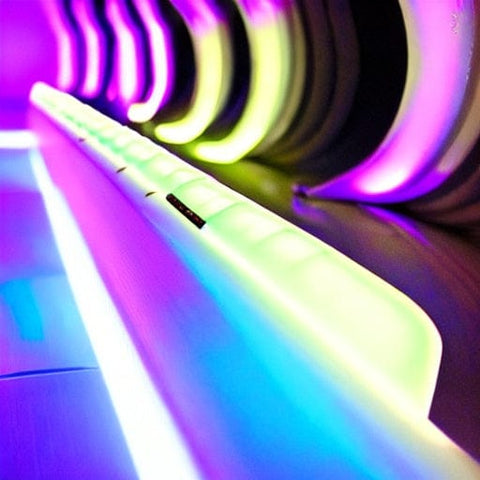
Before commencing this therapy, you need to make an appointment with your primary care provider if you have a disease like psoriasis that can be remedied by exposure to UV radiation. Psoralen is a drug that may either be consumed in the form of a tablet or applied to the skin directly. Psoralen has been shown to reduce the itching and redness associated with psoriasis. It does this by increasing the body's capacity to react to UV light.
UV rays have the potential to exacerbate the symptoms of a variety of other medical disorders. For instance, cataracts may make it difficult to see. In addition, there is a condition known as actinic keratosis, which may be brought on by overexposure to ultraviolet light.
There is no consensus throughout the country about the efficacy of UVB ultraviolet therapy in the treatment of psoriasis. Treatments are typically administered at a frequency of at least three times per week for a period of six to eight weeks. The majority of patients report feeling better after undergoing a few sessions. Patients have reported that the itching sensation has subsided on both sides of their bodies in certain instances.
Even while UV light treatment is beneficial for the vast majority of patients, it is not without its drawbacks. For example, the use of some drugs has been linked to an increased risk of developing skin cancer.
Looking for other ways to stay healthy? View our selection of emf protection products.




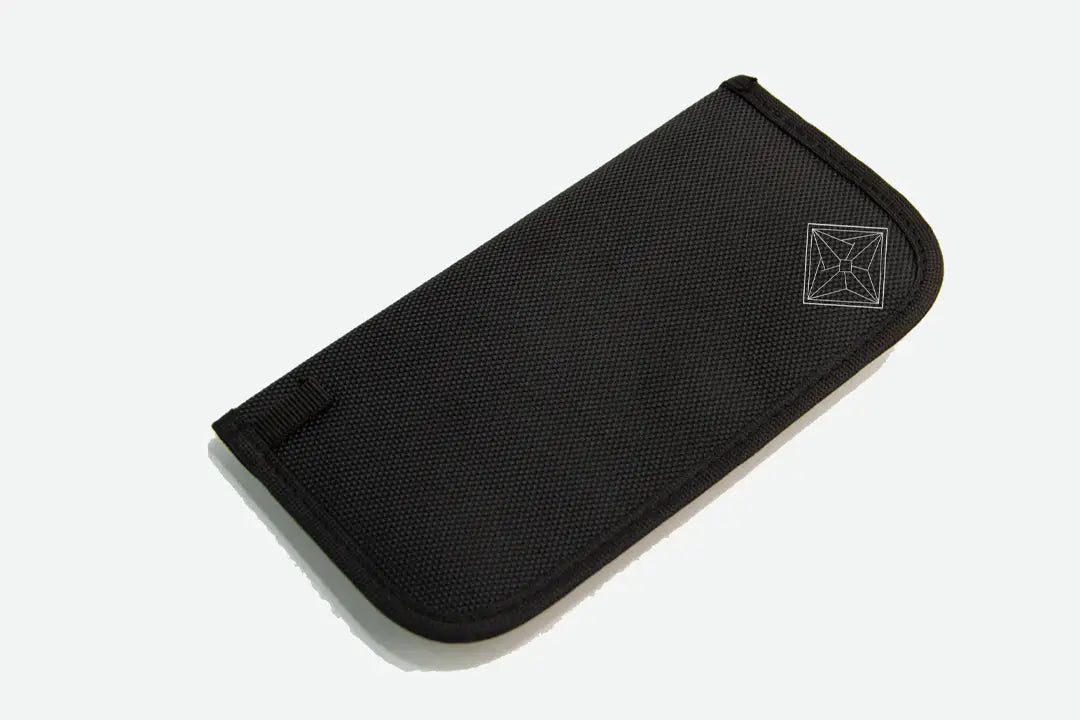


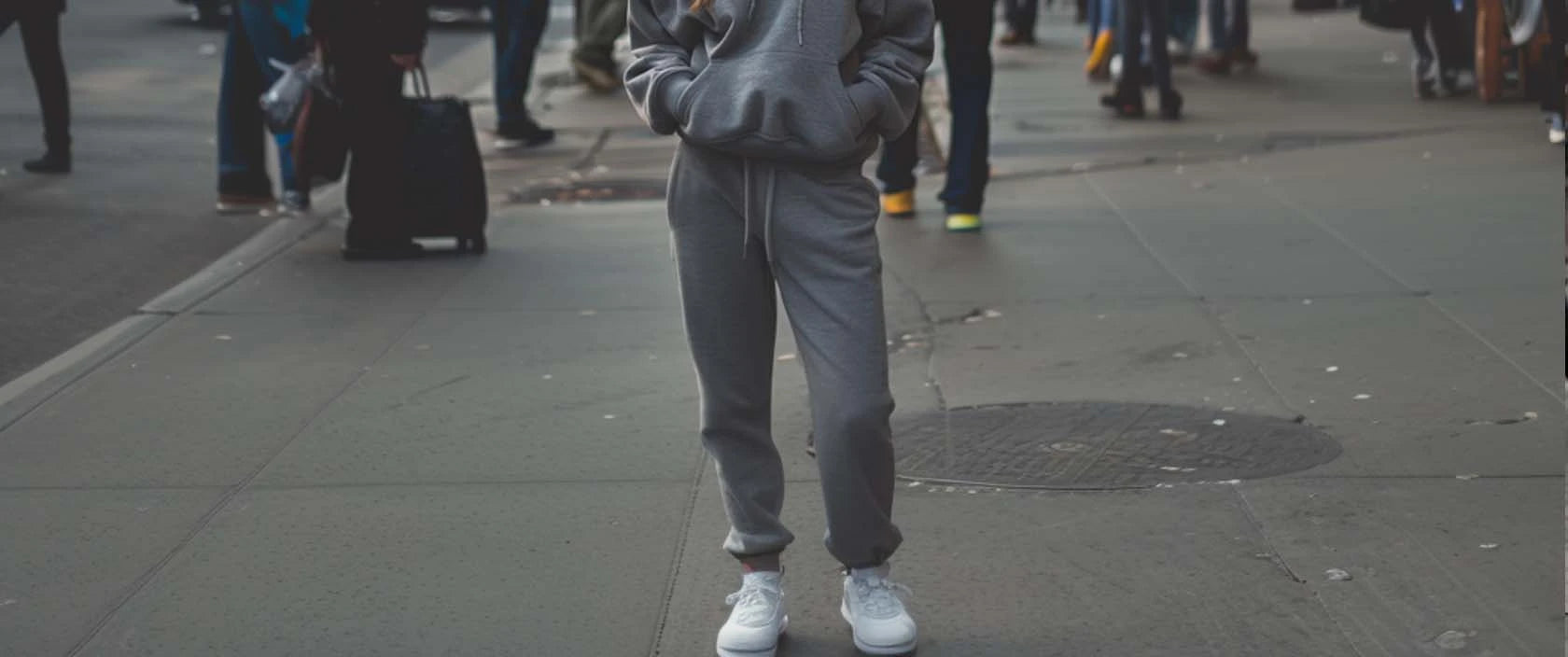
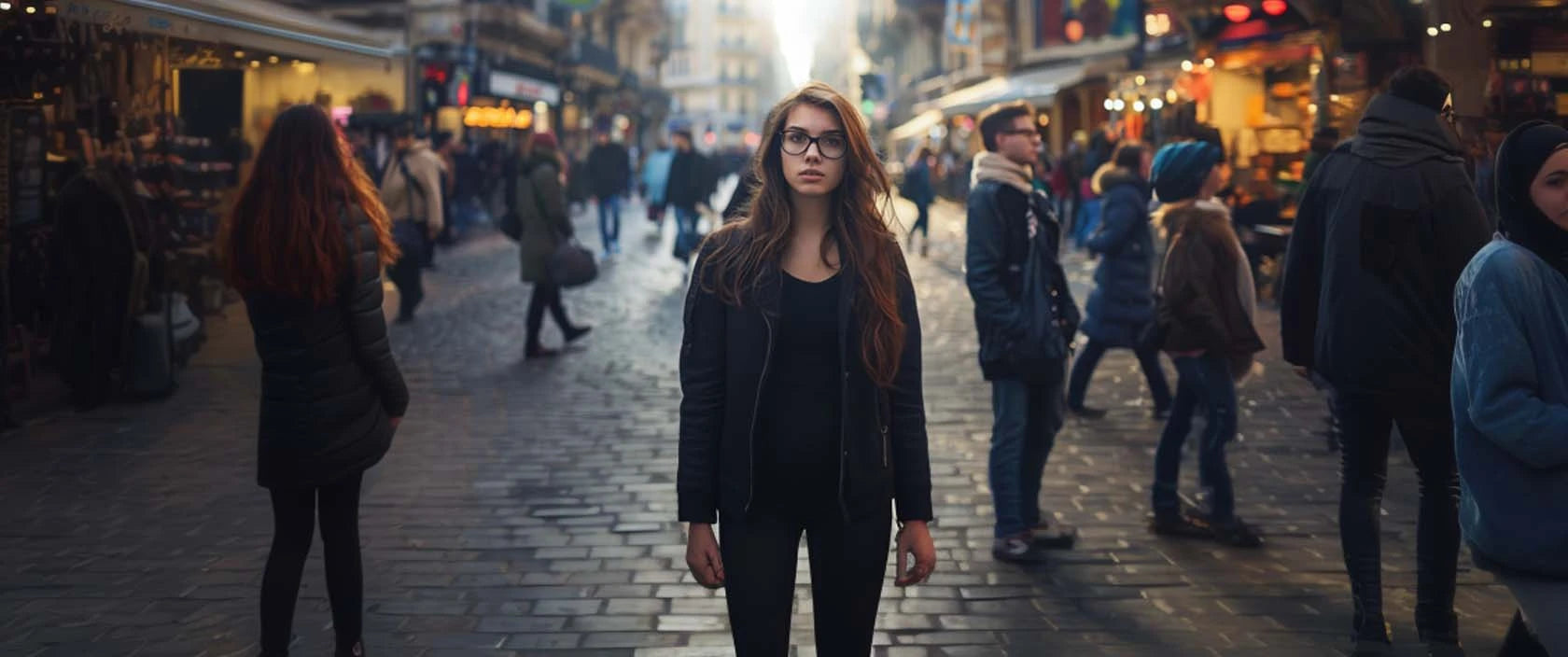


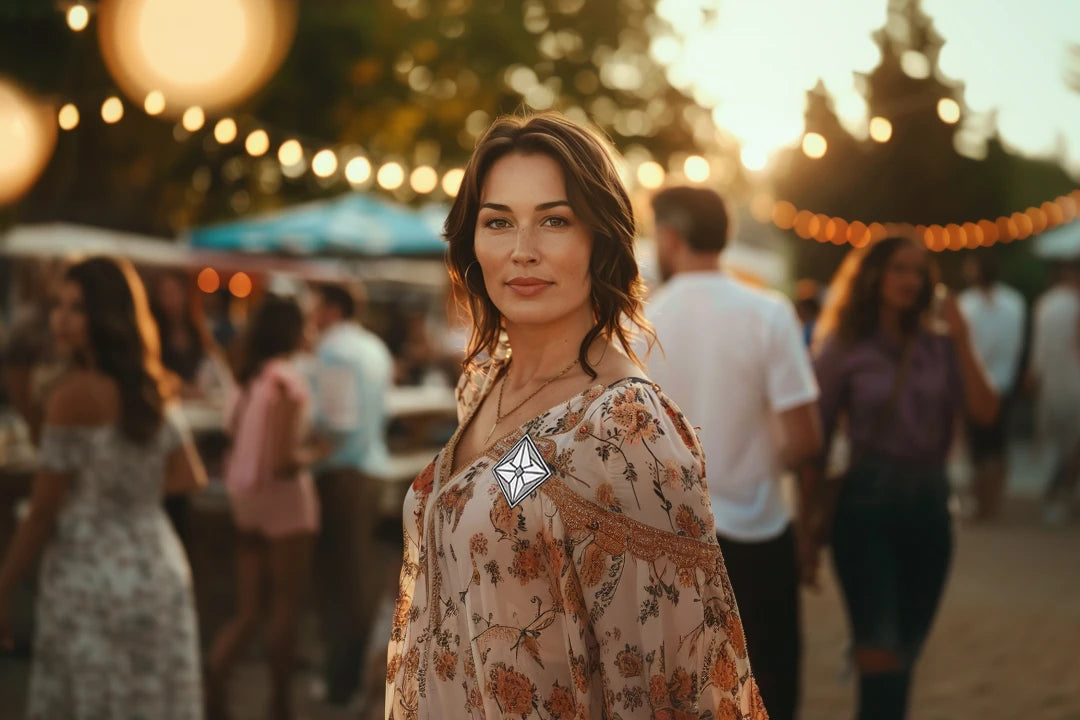









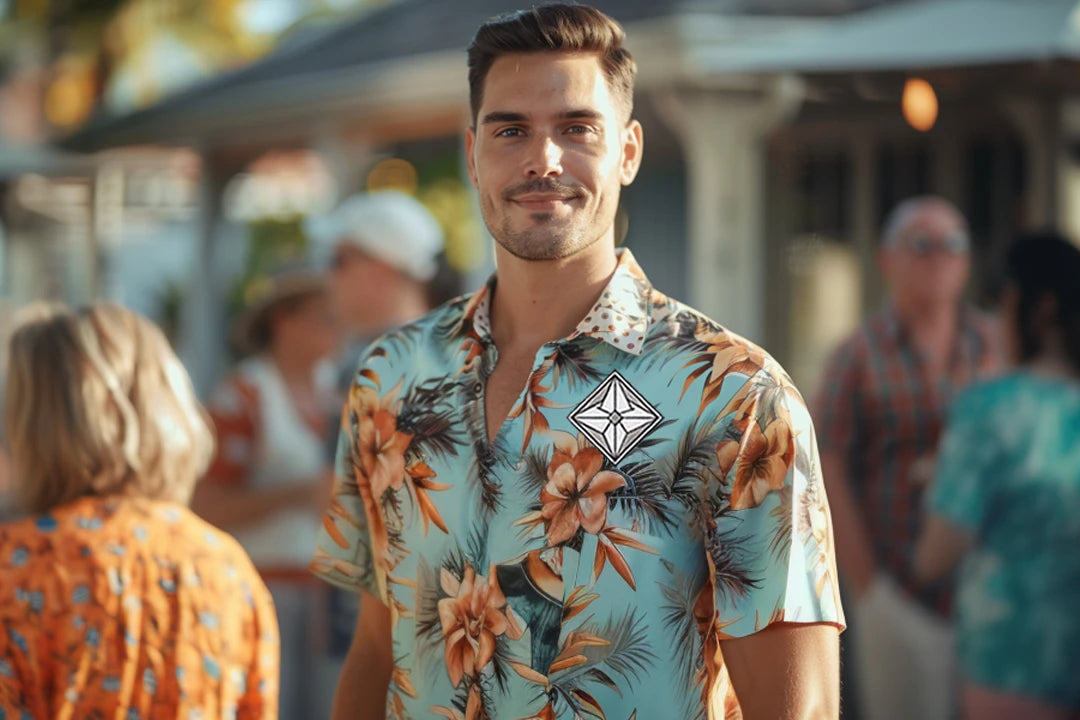

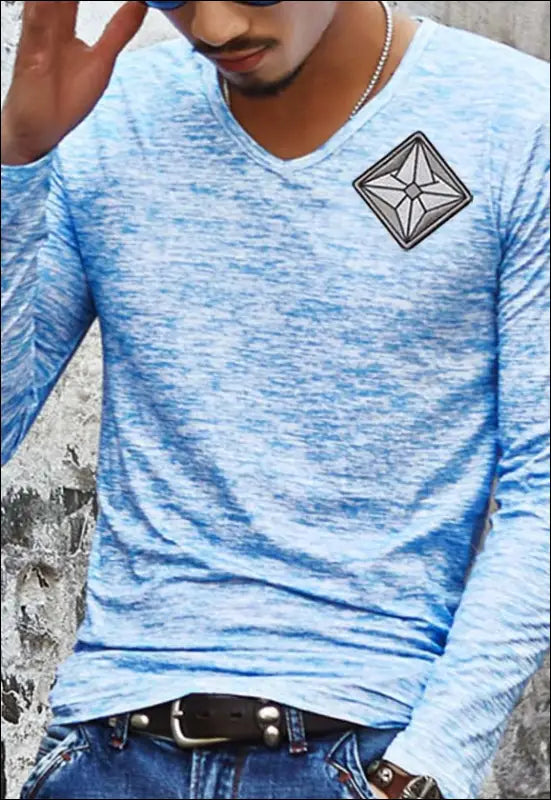








Leave a comment